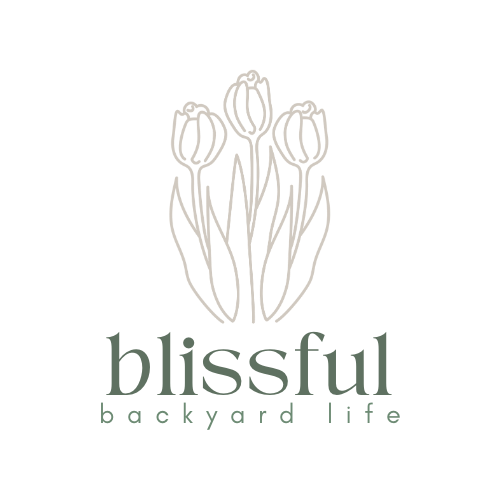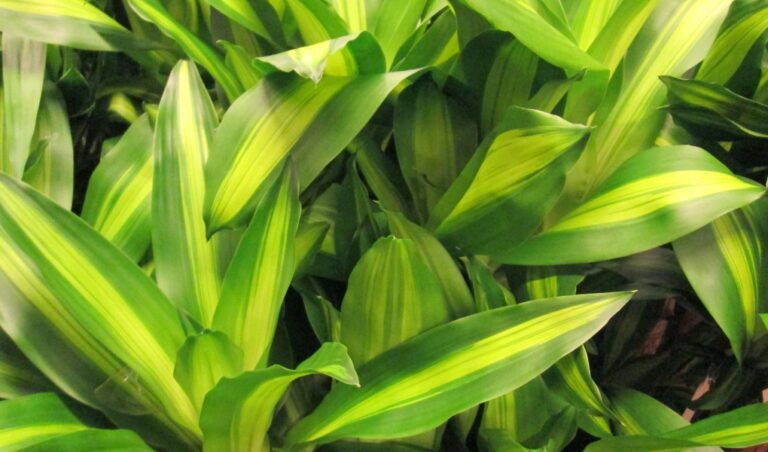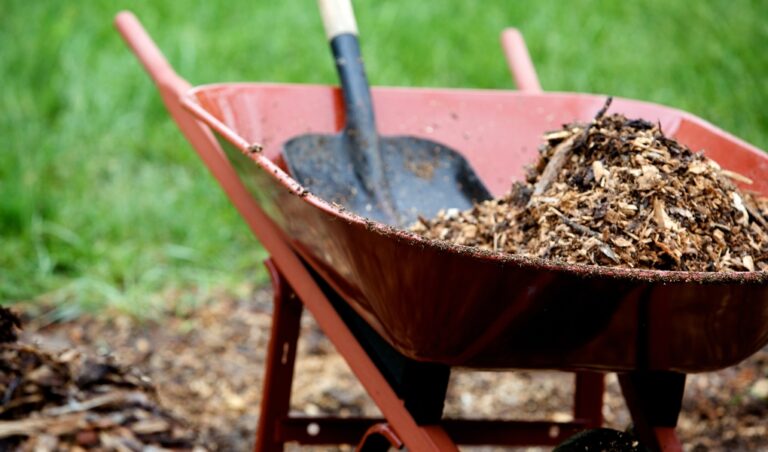Hydroponic gardening has gained immense popularity in recent years, thanks to its efficient use of resources and the ability to grow plants year-round. If you’re considering setting up a hydroponic garden, choosing the right plants is crucial for your success.
In this article, we’ll explore the best plants for hydroponic gardens, providing you with valuable insights and recommendations to kickstart your hydroponic gardening journey.
What is hydroponic gardening?

Hydroponic gardening is a soil-less cultivation method that allows plants to grow in a nutrient-rich water solution. This method offers numerous advantages, such as faster growth rates, higher yields, and reduced water usage. However, to make the most of your hydroponic garden, selecting the right plants is essential.
The Essentials of Hydroponic Gardening
Before we dive into the specific plants, it’s essential to understand the basics of hydroponic gardening. Here are some key factors to consider:
Hydroponics 101
In hydroponics, plants grow in a controlled environment where nutrients are delivered directly to their roots. This eliminates the need for soil, making it a clean and efficient way to cultivate a wide range of plants.
Choosing the Right Hydroponic System
Hydroponic gardening offers several different systems, each with its unique advantages. The choice of system depends on your space, budget, and the types of plants you want to grow. Here are four popular hydroponic setups:
- Nutrient Film Technique (NFT): In this system, a thin film of nutrient-rich water continuously flows over the plant roots in a sloped channel. NFT systems are excellent for growing small, fast-maturing plants like lettuce and herbs.
- Deep Water Culture (DWC): DWC involves suspending plant roots in a nutrient solution, with an air stone providing oxygen. It’s ideal for growing larger plants like tomatoes and peppers.
- Wick System: This is one of the simplest hydroponic systems. It uses a wick to draw nutrient solution into the growing medium, ensuring a constant supply to the roots. Wick systems are suitable for beginners and compact spaces.
- Drip System: Drip systems use a timer to deliver the nutrient solution to the plant’s root zone through a network of tubes and drip emitters. They are versatile and work well for various plant types.
Equipment Needed
Grow Lights
Hydroponic gardens often require artificial lighting to ensure plants receive adequate light, especially in indoor settings. High-quality LED or fluorescent grow lights are popular choices.
Nutrient Solution
This is the lifeblood of your hydroponic garden. You’ll need a well-balanced hydroponic nutrient solution that provides essential macronutrients and micronutrients for plant growth.
Growing Medium
Depending on your chosen system, you’ll need a suitable growing medium to support your plants. Common options include coconut coir, perlite, and rock wool.
This article includes affiliate links where we may earn a small commission at no additional cost to you.
Best Plants for Hydroponic Gardens
Now, let’s explore the top plants that thrive in hydroponic systems. These plants are known for their adaptability to soil-less cultivation and impressive growth rates:
Lettuce
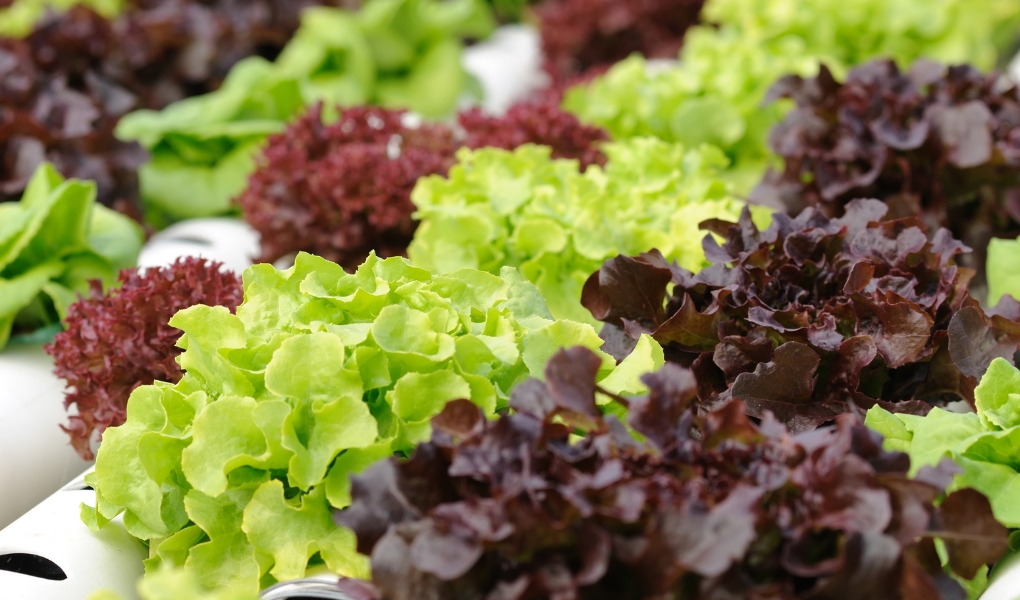
A hydroponic favorite, lettuce grows rapidly in a hydroponic environment. Its crisp leaves are perfect for salads. Varieties like Butterhead, Romaine, and Bibb lettuce offer diverse flavors and textures. They have shallow root systems, which make them well-suited for nutrient-rich water environments.
Spinach
High in nutrients and quick to mature, spinach is an excellent choice for hydroponic gardens. Varieties like Baby Spinach and Bloomsdale Spinach are popular for their rich taste.
Kale
Kale is not only packed with nutrients but also a hardy plant in hydroponic systems. Curly kale and Lacinato kale are both suitable options. These greens thrive in hydroponic setups and offer a quick turnaround, allowing you to enjoy fresh salads in no time.
Basil
Known for its aromatic leaves, basil thrives in hydroponic systems. Varieties like Sweet Basil, Thai Basil, and Genovese Basil offer distinct flavors for various culinary uses.
Cilantro
Cilantro adds a burst of flavor to dishes and grows exceptionally well in hydroponic setups. Use it to enhance the taste of your favorite recipes. These edible plants are known for their fast growth, making them perfect for hydroponic systems where nutrients are readily available.
Tomatoes
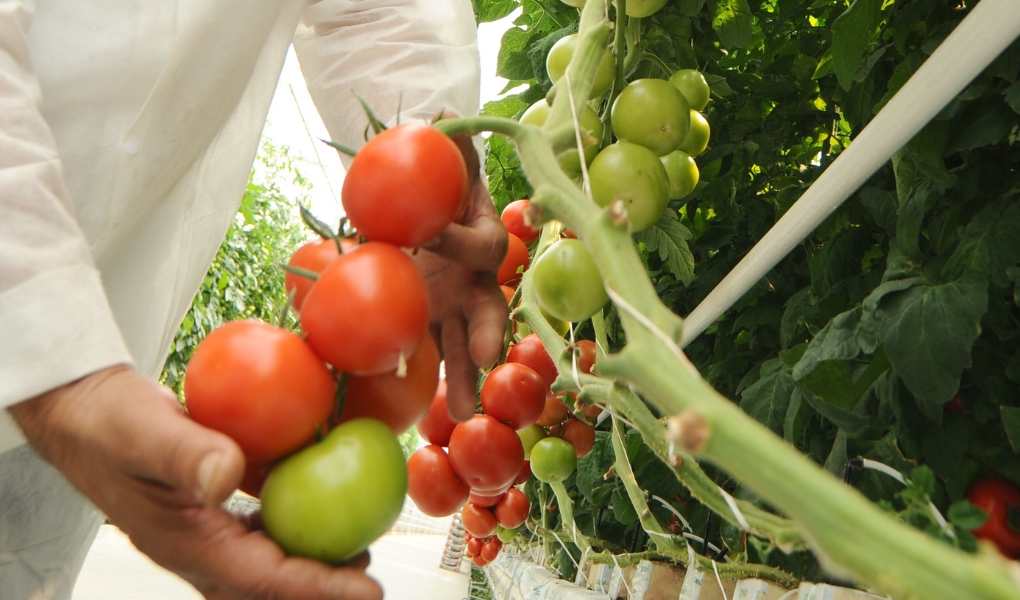
Tomatoes are a favorite among hydroponic gardeners. With the right care and attention, hydroponically grown tomatoes can produce abundant, juicy fruits. These plants require sturdy support systems to accommodate the weight of the tomatoes as they ripen. Varieties such as Cherry Tomatoes, Roma Tomatoes, and Beefsteak Tomatoes flourish in hydroponic gardens.
Peppers
Peppers, whether sweet or hot varieties, adapt well to hydroponic systems. They appreciate warm and consistent conditions, which hydroponics can provide. Pepper plants can be prolific, so be prepared to harvest an abundance of vibrant peppers throughout the growing season. Bell peppers, jalapeños, and habaneros are all excellent choices.
Radishes
Radishes are known for their speedy growth, making them a fun addition to your hydroponic garden. They thrive in hydroponic environments, and you can harvest these crunchy root vegetables in just a few weeks. They come in various colors and add a crisp, peppery bite to salads.
Carrots
While carrots require a bit more care, they can thrive in hydroponic systems with proper attention. Try growing baby carrots or mini carrot varieties for a unique twist.
Onions
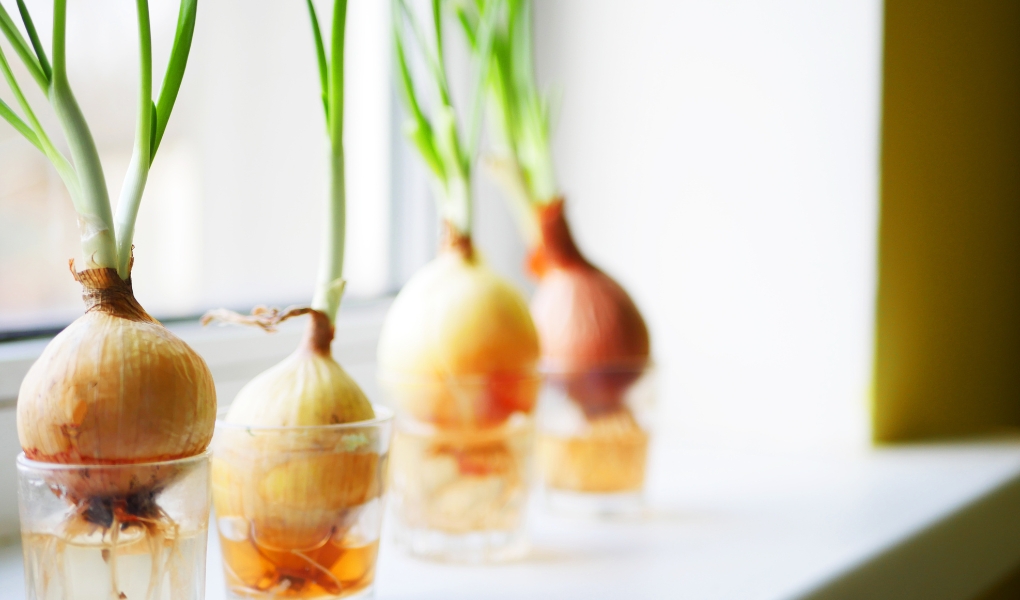
Onions can be grown hydroponically from bulbs or seeds. They add depth of flavor to many dishes and are a versatile choice for your garden.
Cucumbers
Cucumbers are another excellent choice for hydroponic gardening. They thrive in controlled environments and produce crisp, refreshing cucumbers perfect for salads and snacks. Trellising is essential for managing cucumber vines and optimizing space in your hydroponic setup. Varieties like American Slicer and Miniature White are popular choices.
Zucchini
These versatile vegetables grow abundantly in hydroponic gardens. Use them in various recipes, from zucchini noodles to muffins.
Strawberries
Hydroponic strawberries are known for their sweetness and can be grown year-round. Strawberries adapt beautifully to hydroponic setups, especially vertical systems. Their delicate fruits dangle freely, making harvesting a delightful experience. Varieties such as Albion and Seascape produce juicy, flavorful berries.
Beans
Bush beans and pole beans are both suitable for hydroponic gardening. These legumes thrive in nutrient-rich water, producing tender and flavorful beans. Vertical systems work exceptionally well for pole beans, maximizing space efficiency.
Chard
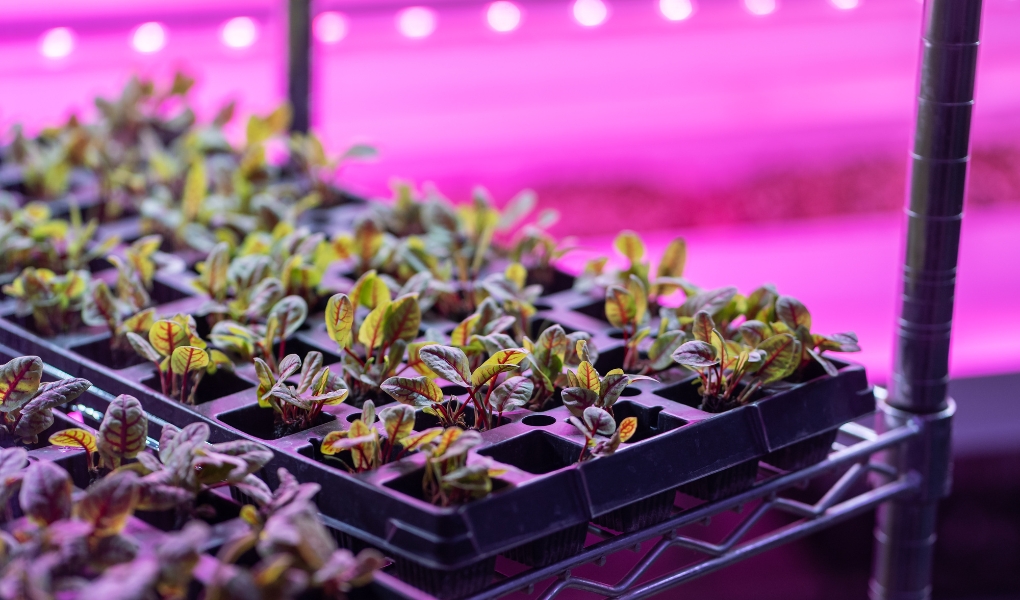
Chard is a versatile leafy green that comes in various vibrant colors. It’s not only visually appealing but also nutritious. Chard can be a great addition to your hydroponic garden, adding diversity to your leafy greens collection.
Marigolds
Marigolds are not only known for their vibrant and cheerful flowers but also for their role in pest control. Planting marigolds in your hydroponic garden can help deter common pests, such as aphids and nematodes, naturally. These beautiful blooms add a touch of color and protection to your hydroponic setup.
Nasturtiums
Nasturtiums are another excellent addition to your hydroponic garden. These edible flowers not only brighten up your garden with their vibrant hues but also add a peppery and slightly spicy flavor to your salads. Nasturtiums are easy to grow hydroponically and provide a unique culinary experience.
Advantages of Hydroponic Gardening
Are hydroponically grown vegetables healthier?
Hydroponically grown vegetables can be just as healthy as soil-grown ones, as long as you provide them with the right nutrients. In some cases, hydroponic vegetables may have higher nutrient concentrations.
Start building your own hydroponic system!
Hydroponic gardening offers a unique and efficient way to grow a variety of plants, from leafy greens to vibrant tomatoes, flavorful herbs, and even pest-deterring marigolds and culinary nasturtiums.
By selecting the best plants for hydroponic gardens and following proper techniques, you can enjoy bountiful harvests year-round. Whether you’re a seasoned gardener or a beginner, hydroponics offers an efficient and sustainable way to cultivate your favorite plants.
So, roll up your sleeves, get your hydroponic system ready, and start growing these fantastic plants for a truly rewarding gardening experience. Happy gardening!
